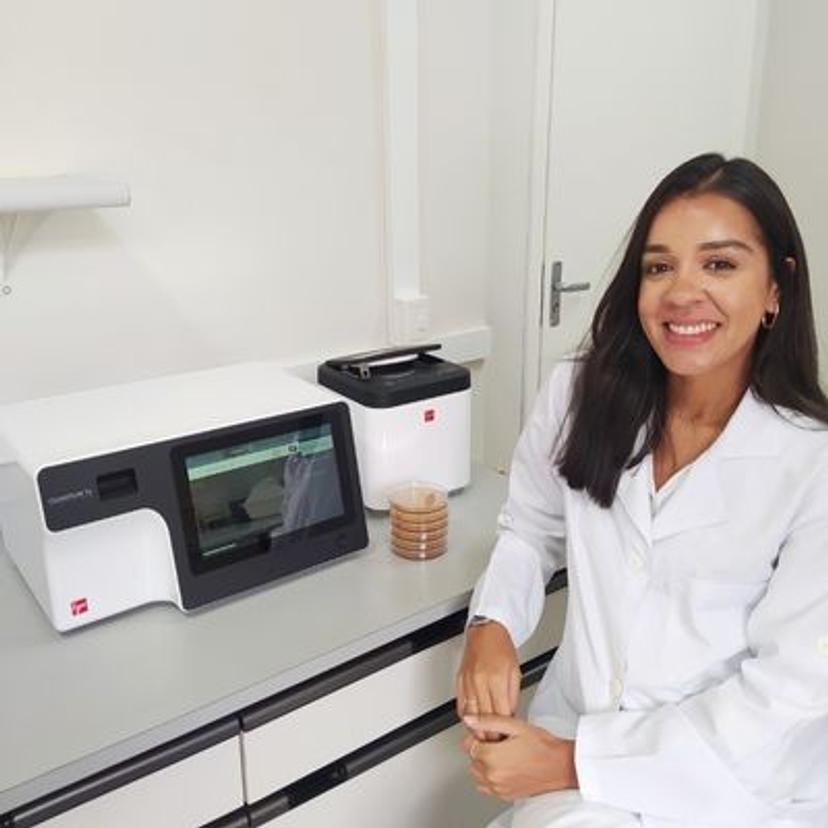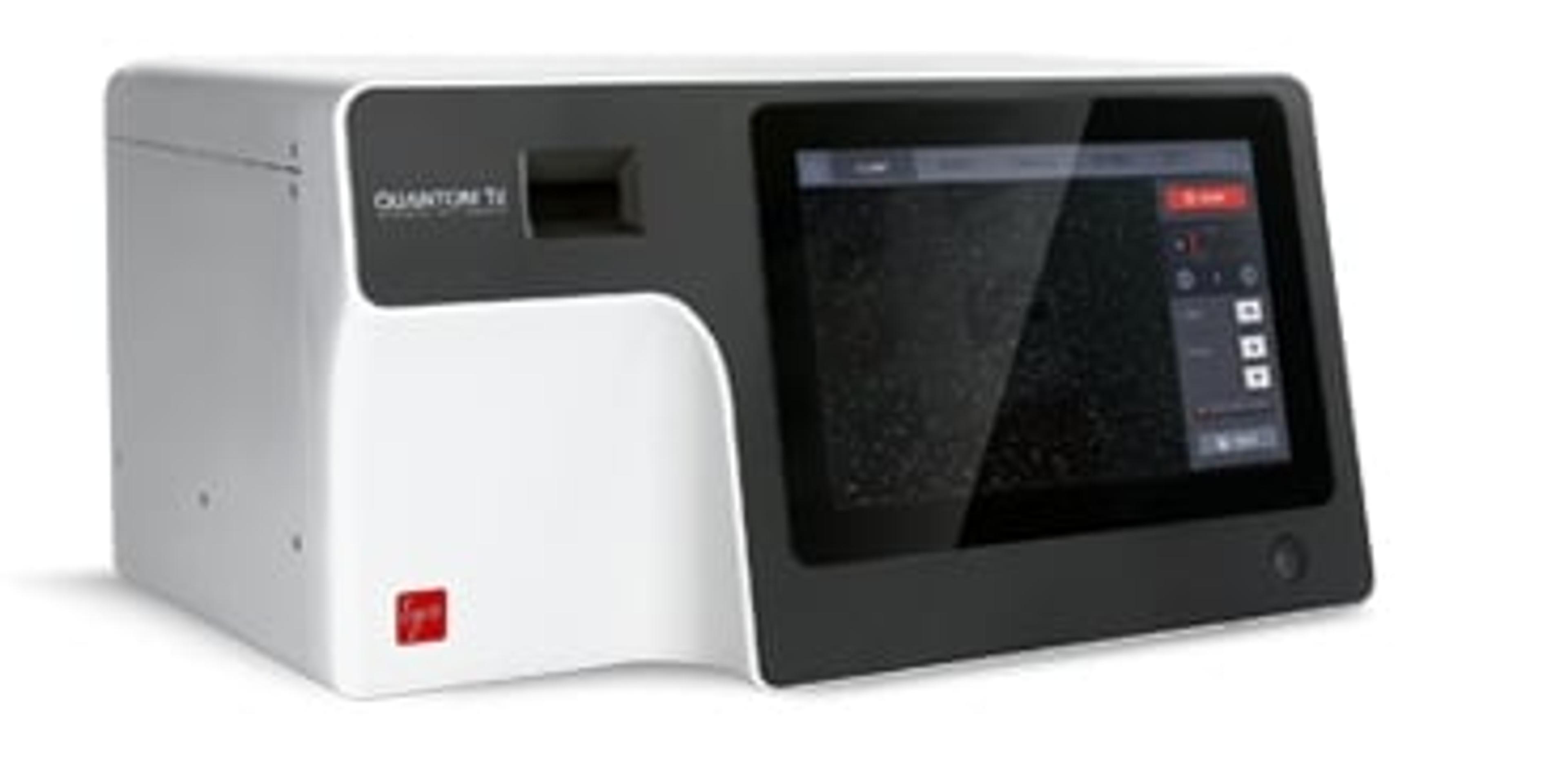Rapid and automated microbial quantification supports research into renewable biofuels
Find out how advanced cell counting technology is helping scientists improve the efficiency of bioethanol production
6 Dec 2023
Increasing concerns about energy security, sustainability, and global climate change have inspired a surge of research into biofuel production as an alternative to fossil fuel-based energy. Bioethanol, the current major biofuel, is produced industrially via alcoholic fermentation using the yeast Saccharomyces cerevisiae. However, contamination by bacteria and wild yeasts is frequently observed during the fermentation process, which can reduce production efficiency and yield.
In this article, SelectScience® speaks with Dr. Mariane Raposo, a postdoctoral researcher in the laboratory of Dr. Carlos A. Labate at the ‘Luiz de Queiroz’ College of Agriculture, University of São Paulo, to learn more about her work developing strategies for identifying contaminating microorganisms during bioethanol production. Raposo shares the challenges of conventional microscopy methods for microbial quantification and describes how the QUANTOM Tx™ from Logos Biosystems has expedited her research by enabling near-instant characterization of bacteria and yeast with high sensitivity and accuracy.
A streamlined microbial quantification workflow
To evaluate methods for identifying microbial contamination, Raposo is both analyzing industrial samples and conducting experiments in the lab using bioreactors to simulate industrial alcoholic fermentation under controlled conditions. “My routine lab work includes isolating bacteria and yeasts from complex samples, preparing selective media to obtain the microorganisms of interest, and performing morphological and physiological analyses of microorganisms for their characterization,” she says.
A critical part of this workflow, she adds, is determining the concentration and cell viability of yeasts and bacteria present in both industrial and laboratory samples. To this end, her lab utilizes the QUANTOM Tx™ Microbial Cell Counter, which they have found to significantly speed up and streamline the process compared to conventional methods. “Previously, we determined concentration and cell viability using optical microscopy analysis for yeast and colony counting on solid medium for bacteria,” explains Raposo. “These techniques were extremely time-consuming and required multiple personnel to prepare materials and analyze samples, and to obtain results for bacteria, we had to wait for at least 24 hours of incubation.”
“In contrast, using the QUANTOM Tx, we’re able to obtain results for both yeasts and bacteria instantly and without the need for culturing,” Raposo enthuses, noting that the system also avoids the inherent variability of conventional colony counting.

The QUANTOM Tx uses automated fluorescence imaging to identify and count individual microbial cells in mere minutes. Prior to analysis, samples are stained and mixed with loading buffer, loaded into QUANTOM™ M50 Cell Counting Slides, and spun in a QUANTOM™ Centrifuge to evenly distribute the cells throughout the counting chamber. Once a slide is inserted, the QUANTOM Tx autofocuses and scans up to 10 fields of view to count fluorescent-stained microbial cells. Results can then be verified instantly on the touch-screen display, viewed graphically, and saved to an SSD. “Preparing samples takes a few minutes and the whole workflow requires one person from sample prep to analysis,” says Raposo. “Its rapid data acquisition, the eliminated need to prepare materials like culture media beforehand, and the effortless execution of the analysis are its biggest advantages for us.”
Adjustable protocols for diverse microbes
Raposo’s research focuses on multiple types of bacteria, including Gram-positive lactic bacteria and Gram-negative acetic bacteria, as well as different yeast strains both within and outside the Saccharomyces genus. “Lactic bacteria (LAB) belonging to the genus Lactobacillus are the most frequent contaminants and the most responsible for the drop in the yield of fuel ethanol production,” she says. “Among yeasts, we mostly look at strains of the species Saccharomyces cerevisiae, including strains responsible for carrying out alcoholic fermentation as well as contaminating strains.”
According to Raposo, one of the greatest challenges of this work is dealing with complex samples and determining the concentration of bacteria and yeast present in the same sample. This, she shares, is another area where the QUANTOM Tx is particularly advantageous. The instrument employs a sophisticated cell detection and declustering algorithm to distinguish individual cells regardless of cell shape, size, or arrangement. While the software is optimized for bacterial cells, the ability to create custom protocols with parameters such as size, detection sensitivity, declustering level, and roundness have enabled Raposo and her team to accurately distinguish and count both bacteria and yeast strains.
“Using the QUANTOM Tx we’re able to determine the microbiological parameters of our samples much faster and easier than using conventional techniques,” says Raposo. “We have in our favor the fact that the difference in size and morphology between these two microorganisms is considerable, which allows us to direct the software to count bacteria and yeasts separately.”
Future outlooks
Research into bacteria and yeasts that can effectively produce fossil-fuel alternatives is expanding rapidly, and Raposo believes this trend is set to continue. “There’s a lot of work being done in this area,” she says. “This includes studies obtaining genetically modified yeasts that present high efficiency in the conversion of hexoses and pentoses to ethanol, as well as those identifying bacteria and archaea capable of producing biogas obtained from the metabolization of organic matter.”
“Microorganisms are great allies for the production of alternative ‘clean’ fuels, and I’m excited to see their potential continue to be explored in the future,” she concludes.

